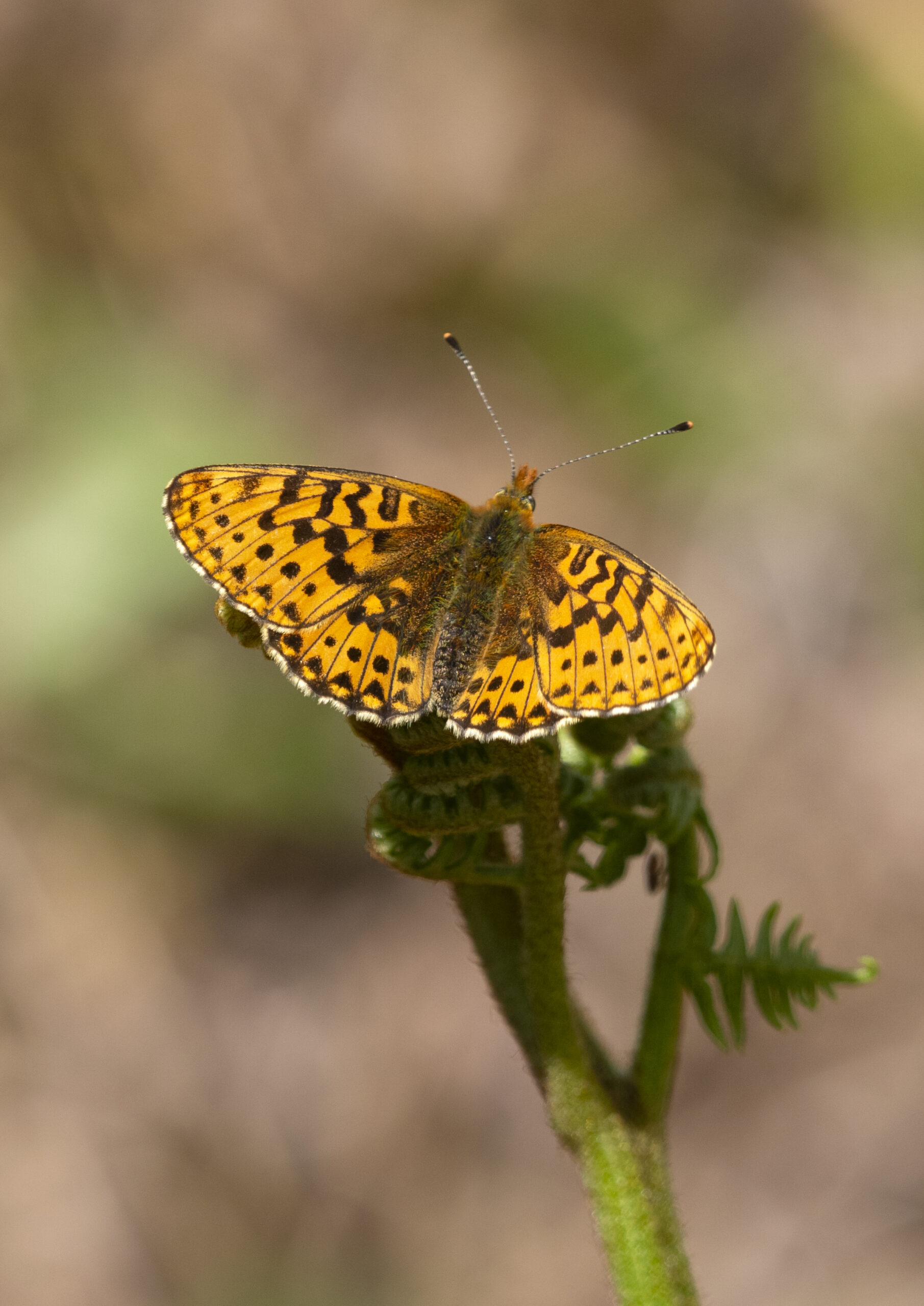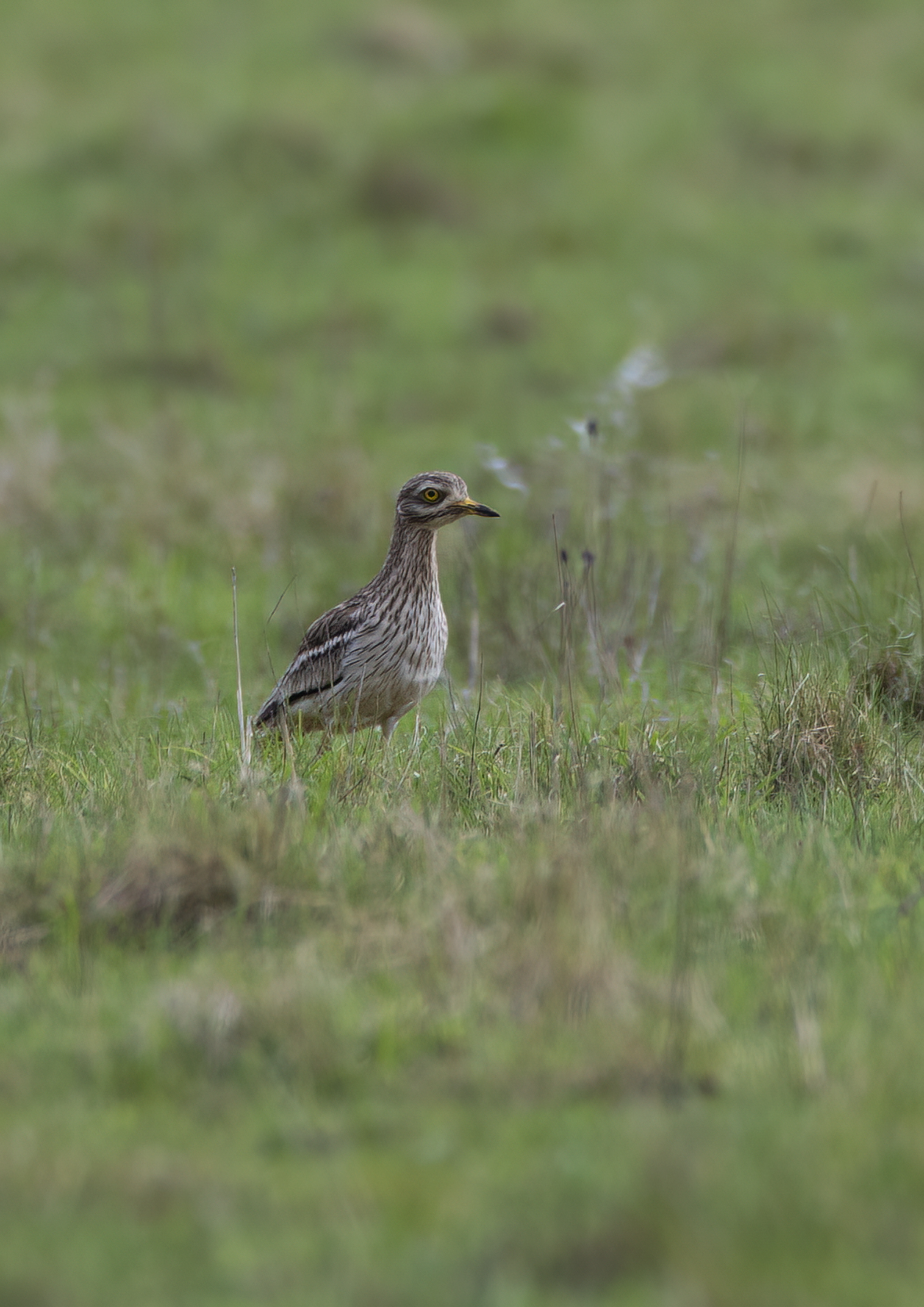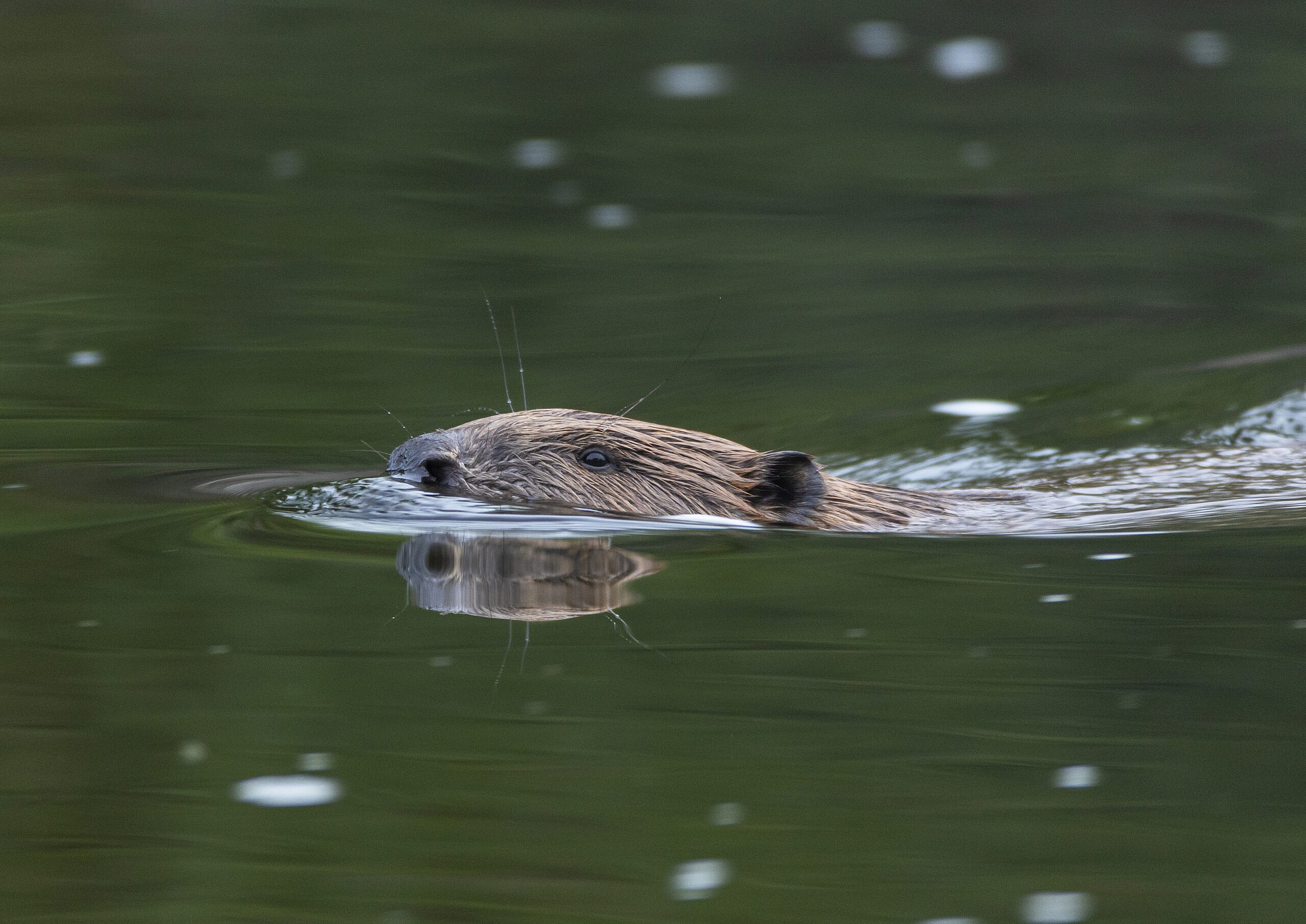I spent today again looking for the Large Blue butterfly at a site in Gloucestershire. To my astonishment, I saw it not once or twice, but 22 times over the course of four hours. At one time I saw four in the air at the same time. It’s no scientific comparison, but last year on a similar visit, I saw just 2. A week ago, I was hunting for another rare butterfly, the Black Hairstreak. I expected to find a small number, perhaps 3 or 4, and found dozens

Yet at the start of the year, I struggled to find any butterflies at all. Common species you would expect see were absent, and talking to bird-ringers in local woodlands, both the numbers and weights of the small birds they were catching were down, suggesting that there was a significant shortage of insects. People are commenting widely on the late arrival and low numbers of swallows and other insect-eating migrants.
The only way I can explain this is that the unusually cold weather we had in early spring killed off a lot of the insects that were emerging at that time. This lowered the numbers of resident and migrant insect-eating birds, and probably meant that broods of young were smaller too – so that later in the year, when he weather has been unusually warm, there have been more butterflies hatching and fewer predators to feed on them.
It’s just a theory, but if it’s right and the good weather holds, we could see record numbers of butterflies this summer, which given the dire state of many British species, can only be welcome news.




Social Profiles